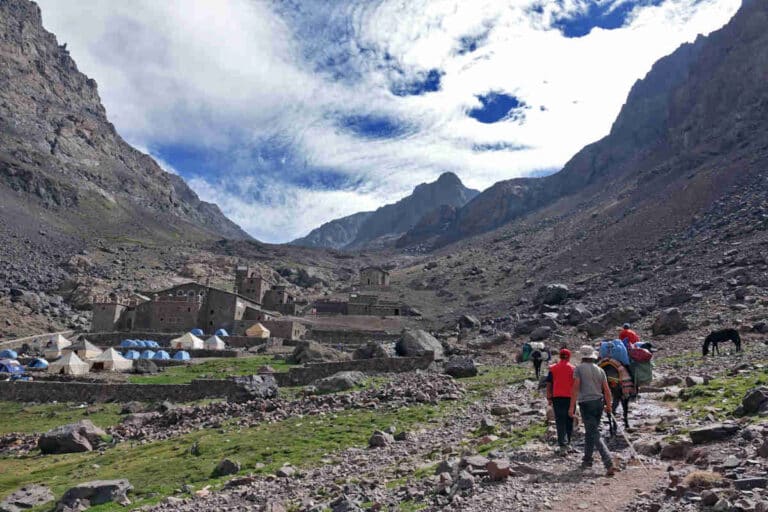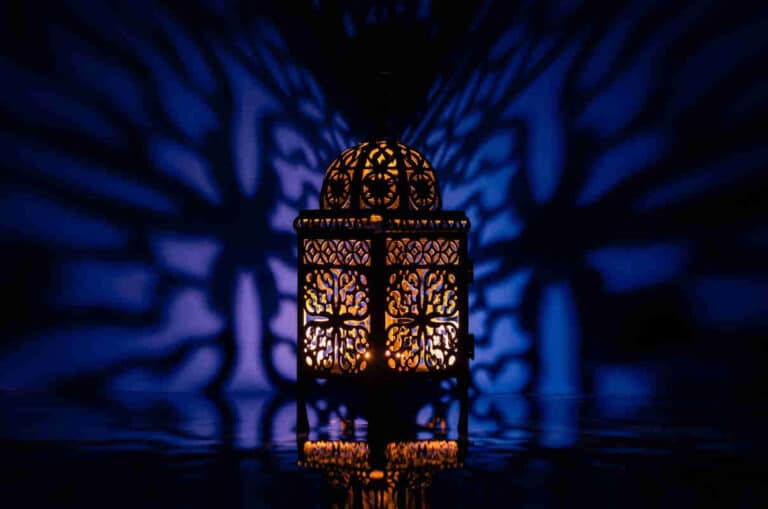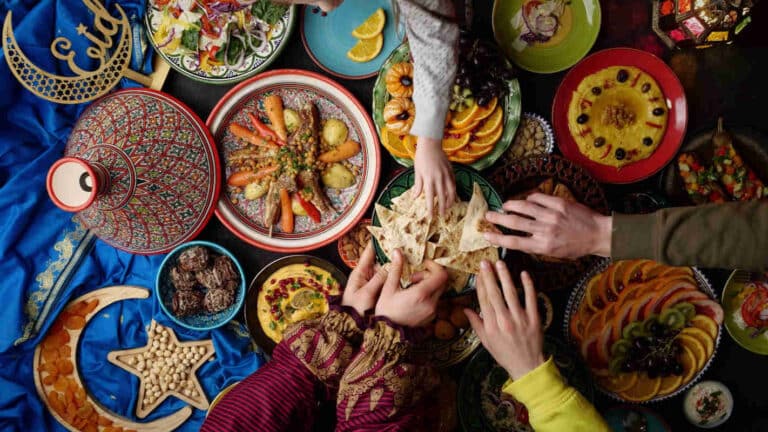The kasbah is one of the most characteristic constructions of Morocco. And it is interesting for two very different reasons: because of its traditional architecture and for having become charming accommodations. All of this is discussed in the following lines.
The kasbah as an architectural typology
In Morocco you will find types of buildings shared with other Arab and Muslim countries (mosques, madrasas, citadels, hammams, cisterns…) or even with other countries of the world (royal palaces, mausoleums, etc.). But the kasbah is a typology specific to the of the country and its Maghrebi neighbors with a Berber presence. Berber presence.
In fact, the kasbah is a type of castle or military fortress developed by the Berber civilization for defensive purposes, usually at the foot of strategic communication routes, especially the caravan routes that centuries ago connected Marrakech and other cities with places further south of the Sahara.
The most characteristic of the kasbahs are their materials, which have their origin in the environment. Mainly, the adobe: bricks made of mud, clay and sandmixed with organic materials and dried in the sun. For the structure (beams) and for certain elements of the finishes (doors, windows), the following is used woodand in other details of the decoration can be used reeds and similar solutions.
Another distinctive feature is the exterior geometric decorationThe sebka, which runs in the form of bands or sebka, runs along the highest parts of the towers and walls, as well as window cornices and other spaces. This decoration is made by incising or hollowing out the adobe, which generates a strong shadow with respect to the illuminated façade, amplifying the tonal contrast of the weave.
Other interesting features are its crenellated towers crenellated towersThey are rectangular in character; their thick walls, normally thinner at the top to favor stability; and the small size of the windows to favor interior shadows and, therefore, a cooler atmosphere.
You can find kasbahs in the High Atlas and further south of this mountain range, especially in the pre-Saharan valleys, such as the Draa and Dades. These valleys, in fact, are part of what is known as the Ruta of the Thousand KasbahsThe number of Kasbahs is very high, although unfortunately many of them are in a ruinous state.
Others, however, were reused as fortified palace complexes fortified palace complexes by the ruling elites, who added a more refined point of view to their interior. Examples of the latter are those of Telouet and Taourirtin Ouarzazate and its surroundings, in both cases belonging to the powerful El Glaoui family.
The kasbah as accommodation
If a short time ago we talked about the
riad as a unique type of accommodation
is no less a kasbah. Many of these historical Berber fortresses have been restored and rehabilitated to be used as a hotel, and they always offer a lot of charm for several reasons:
- The architecture itself, with its adobe walls and its wooden structure
- Its interior decoration, which is usually very neat and in line with the Berber tradition
- The views of their surroundings, since in most cases they are located in elevated locations, which facilitates the contemplation of a wadi, a palm grove, a mountain range, etc.
It should also be said that, in other cases, kasbah-type hotels are constructions designed from scratch, i.e., they never had the function of a fortress or residential castle. However, they are usually buildings that respect the premises of Berber military architecture, with typical decoration of this culture and, in addition, construction standards more typical of our time, especially in terms of air conditioning, energy saving and respect for the surrounding environment.
Therefore, if you have the possibility of staying in a kasbah, whether historic or recently created, do not hesitate to opt for this possibility, at least if you feel a special predilection for charming accommodations and your budget allows you to do so.




